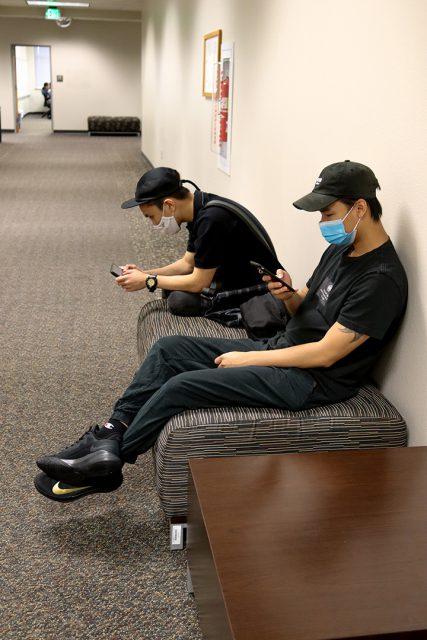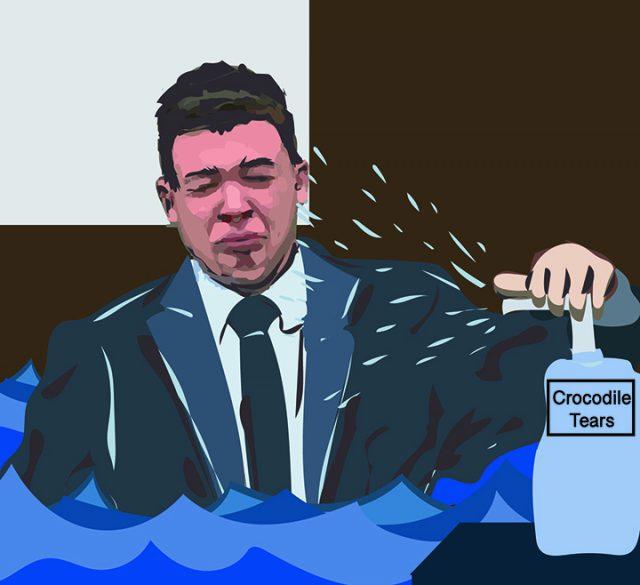
Cecil Hotel gained notoriety for being the location where Elisa Lam died in 2013. Her body was found in the hotel’s water tank after guests complained of dirty water.
JANINE SHUMAN
campus editor
True crime fans hoping to uncover valuable information regarding the disappearance of Elisa Lam may be disappointed by Netflix’s latest hit docuseries, “Crime Scene: The Vanishing at the Cecil Hotel.”
After recurring complaints of dark, foul water spewing from the faucets at the notoriously ominous Cecil Hotel in Los Angeles, missing 21-year-old Lam was found lifeless in the hotel’s water tank.
Eight years later, her demise remains a mystery, and The Vanishing provides no tangible information or theories regarding the case.
The series begins by displaying the digital breadcrumbs Lam left behind on her Tumblr page before her disappearance and quickly shifts to telling the history of the hotel’s surrounding area. While this may emphasize the danger prowling around the hotel, the constant repetition only takes the spotlight away from Lam’s story.
The series features a diversified portfolio of interviews including various hotel staff, conspiracy theorists and law enforcement officers.

The only interview that provided any substance to Lam’s story was Santiago Lopez, the maintenance worker who discovered her body. There are inconsistencies in his story as he claims he found the tank open, but is also documented saying he found it closed — a major contention in the case.
The hotel manager Amy Price, featured throughout, seemed to perceive the docuseries as an opportunity to clear the name of the hotel that has witnessed 16 known murders within its walls.
“I believe in the 10 years I was working there, there were about 80 deaths,” Price said. The series displayed some of the many bad reviews left defiling the reputation of the hotel to which Price said, “I don’t think it’s fair.”
When the grainy, eerie last-seen footage of Lam on the Cecil elevator was released to the public in 2013, internet sleuths began dissecting every element of the video.
Was it murder, something supernatural, an elaborate inside job committed by the hotel or the Los Angeles Police? These were just a few theories crowding up screen time by incredulous theorists.
Perhaps the worst part of the series was the platform the conspiracy theorists were given, despite how baseless their speculations were.
The series withheld last-seen footage and worthy information regarding Lam’s autopsy report until the end for dramatic effect, quickly discrediting many of the theories relayed by internet theorists.
Between the lines of pointless information, the series informs the audience Lam suffered from bipolar disorder and had been skipping out on her medication.
Viewers who impatiently waited for a satisfying ending may end up disappointed when the series ties up with its own theory that Elisa had stumbled in the tank herself as a result of her bipolar disorder. The series would have benefitted from a mental health professional to credit their theories surrounding Lam’s disorder contributing to her death.
While some may believe this theory to be plausible, the question remains: was the tank really closed on Elisa? And if so, who did it?
Viewers interested in a four-hour investigation into the Cecil Hotel may enjoy the series. However, true crime fans interested in learning more about Elisa Lam’s case will only leave more perplexed than before.




































